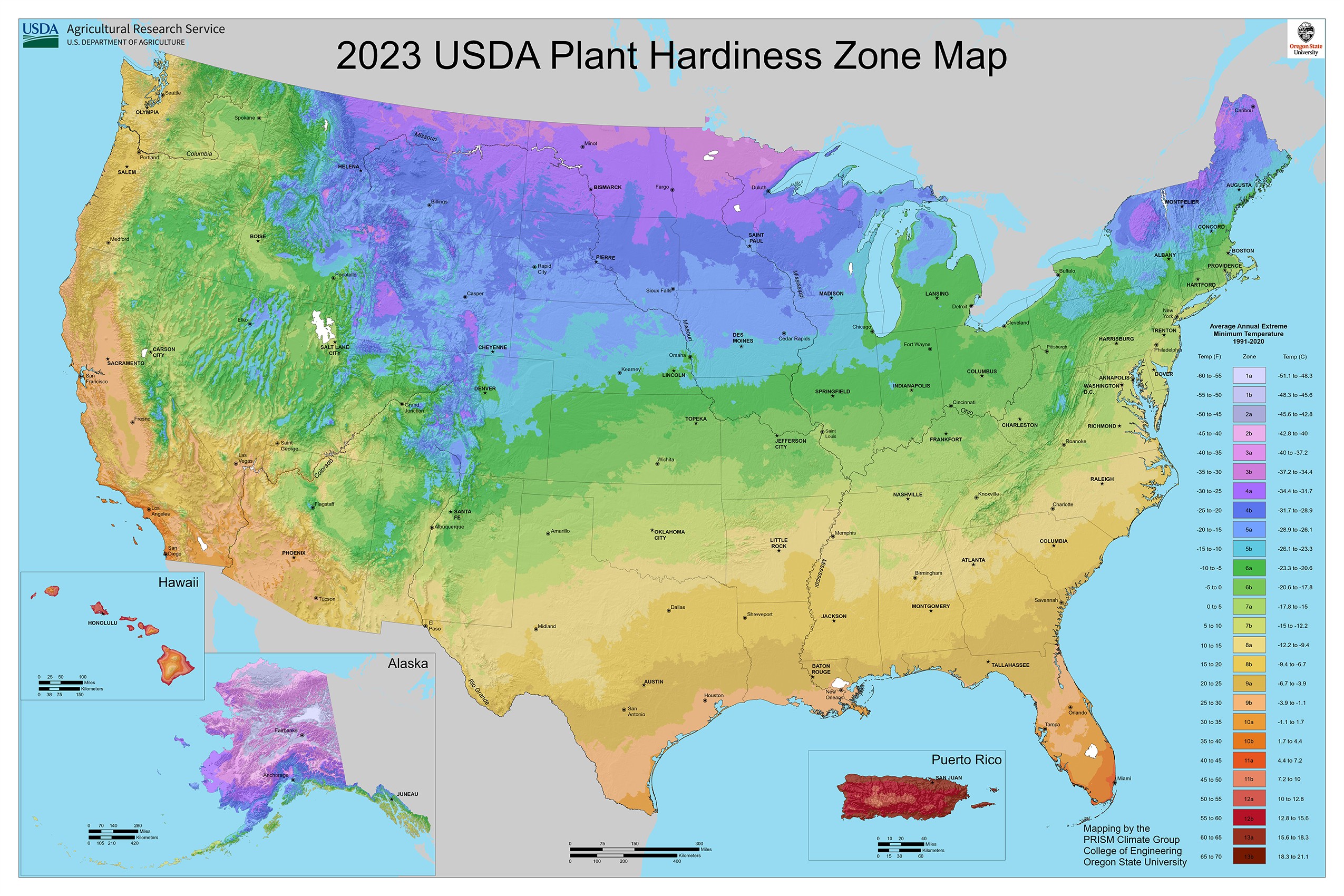Categories
Other Pages
- Age on other Planets
- Aliens
- American Flag
- Annuals
- Avoiding Scams
- Awareness Ribbons
- Baileys Liqueur
- Bananas
- Banana Tree, Grand Nain
- Banana Tree, Ice Cream
- Banana Tree, Zebrina Rojo
- Beekeeping
- Bleach
- Boogaloo
- Bookmarks
- Bullying
- Cats
- Chillicothe Businesses
- Christmas Tree
- Ciroc Vodka
- Coffee Pods
- Color Codes Chart
- Consumer Resources
- Consumer Resources - Elders
- Credit Score Checkers
- Credit Scores
- Death Checklist
- Disaronno Amaretto
- Donation
- Drug Test
- Eye Teasers
- Fonts
- Foods To Regrow
- Friend
- Funny Things
- Fun Stuff
- Giving
- Growing Blueberries
- Halloween
- Halloween Treats
- Hello!!
- Home Bar
- House Plants
- Hunger Facts
- Interesting Facts
- Kinds of Tea
- Lucky Bamboo
- Macaroni!!
- Missouri
- Missouri Prisons
- National Foundations
- Never Forget
- New Page Soon
- One Little Rose
- Orchid Growing
- Orchid Sources
- PayPal.Me
- Perennials
- Phobias A-Z
- Plant Care
- Plant Zone Map
- Propagating Plants
- Ragtime Music
- Recipes I like
- Roses
- Sadie & Beethoven
- Scam Calls
- Smile
- Speed Test
- Spices You Need
- Spices I Have
- State Trees
- Superstitions
- Symbols
- Tequila Rose
- The Ten Commandments
- Top Alcohol
- Top Animated Movies
- Top Comedy Movies
- Top Expensive Movies
- Toyota Yaris 2008
- Toyota Yaris 2012
- Tree, Calamondin Orange
- Tree, Meyer Lemon
- Tree, Persian Lime
- US Bill of Rights
- US Constitution
- US Declaration of Independence
- UV Vodka
- Weight on other Planets
- Wine Clubs
- Wines
- Wines - Missouri
Needed to read PDF's
Plant Zone Map
The Plant Hardiness Zone Map was updated for the 2024 gardening season with the addition of thousands more local weather stations. Look at your growing zone or gardening zone to understand which plants can survive your area’s climate. Did your planting zone change?
What Are Planting Zones?
When choosing perennial plants for your garden, it’s important to select varieties that can thrive year-round in your area, especially in regions where extreme winter temperatures are normal. Planting zones generally define which plants can survive winter in your area, and zones are typically listed in plant growing guides for reference.
The most commonly referenced hardiness zone map is produced by the U.S. Department of Agriculture (USDA).

How to Use Your Planting Zone
- Planting zones are most helpful to gardeners growing perennial plants since they live beyond just one growing season, regrowing each spring. Perennials need to be able to survive winter in your area, so it’s essential to know how cold it typically gets in your area and whether a particular plant is hardy enough to survive those temperatures.
- Perennial flowers, shrubs, and trees grow best when planted in the appropriate zone. You’ll find that winter damage occurs most often when plants are out of their range or comfort zone. When you choose plants for a garden or landscape, avoid selecting plants that are only marginally hardy for your region; that’s when you’ll see winter damage, poor growth, and a reduction in flowering.
- Planting native species is a surefire way to achieve a stable garden.
- For annual plants, like most vegetables and some flowers, it’s far more important to pay attention to things like the length of your growing season and the typical dates of your first and last frosts. Because annuals are only meant to last the length of one growing season, planting zones don’t necessarily factor into the equation.
Click here to go back to the page you came from... Annuals or Perennials
Find me on Social Media
 |
Don't forget to bookmark me to see updates.. Copyright © 2000 - 2025 - K. Kerr Most recent revision November 19, 2025 07:05:33 AM
|











